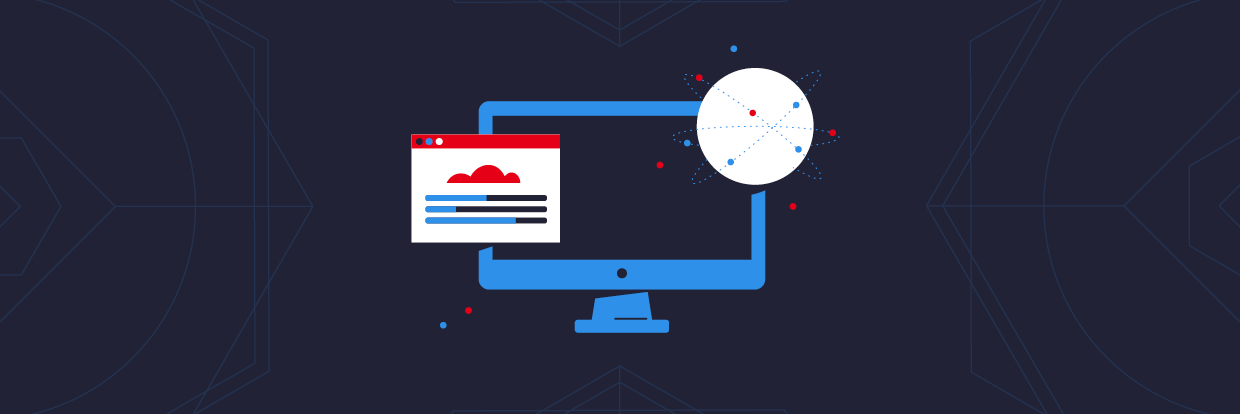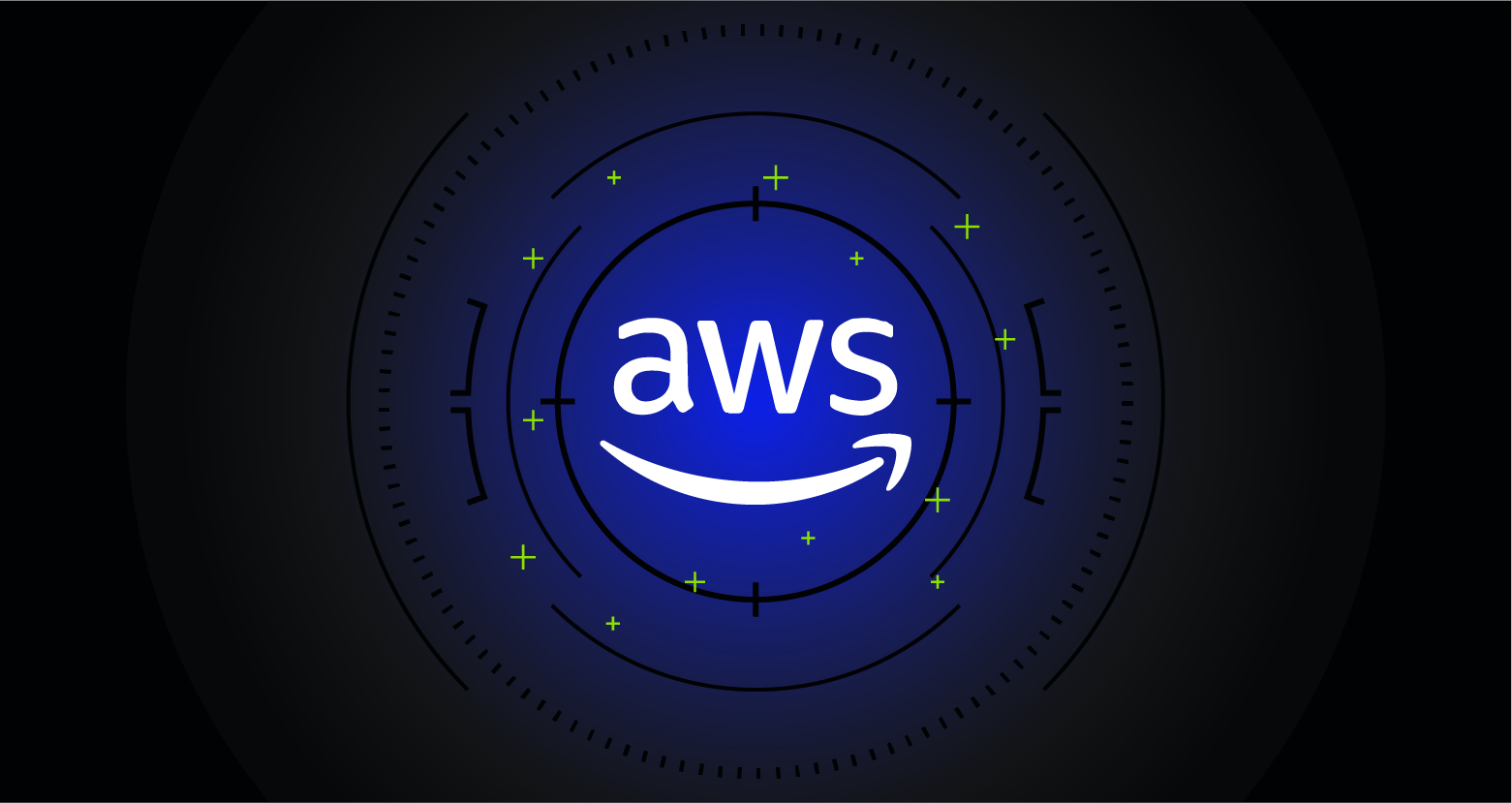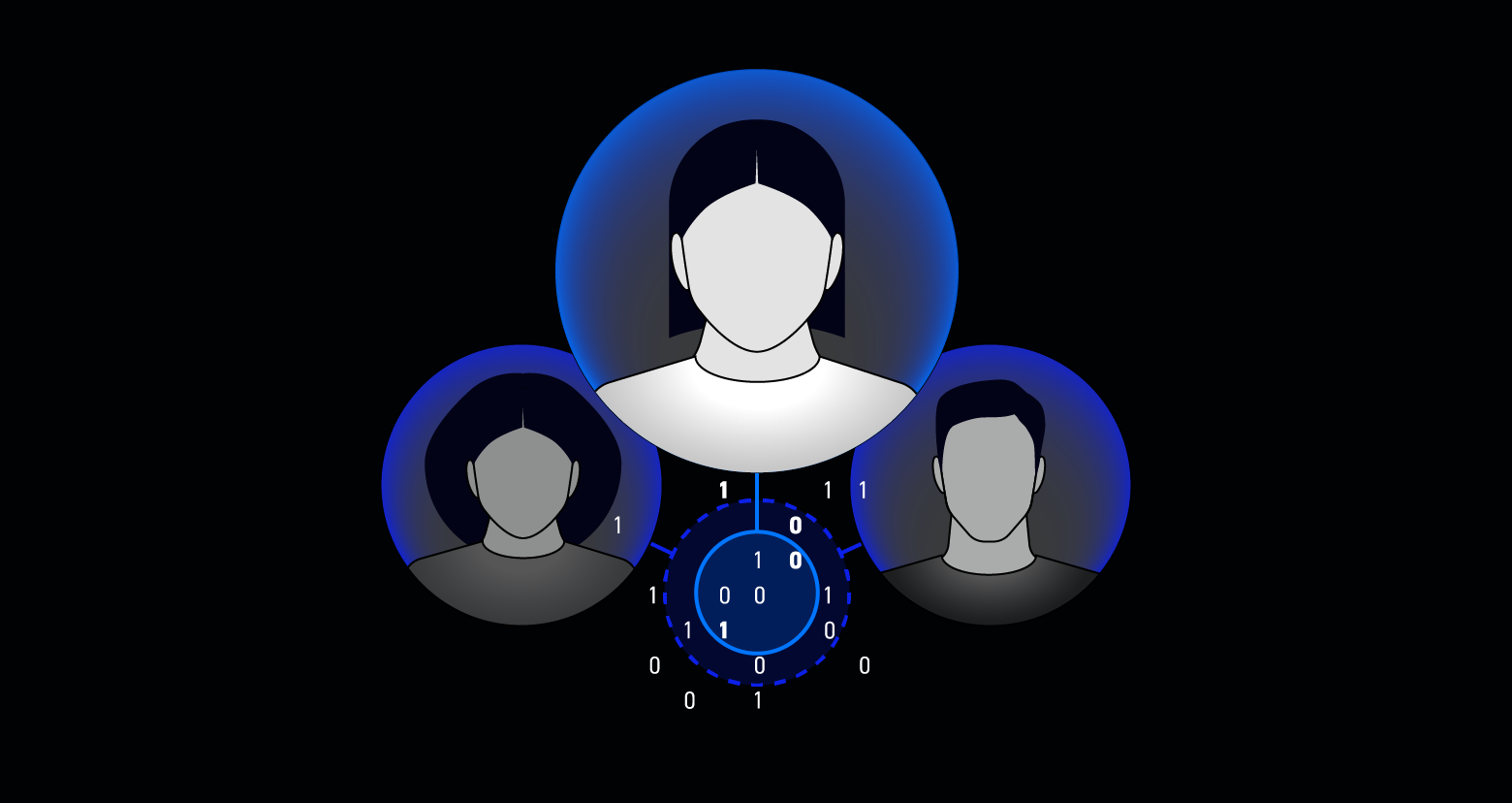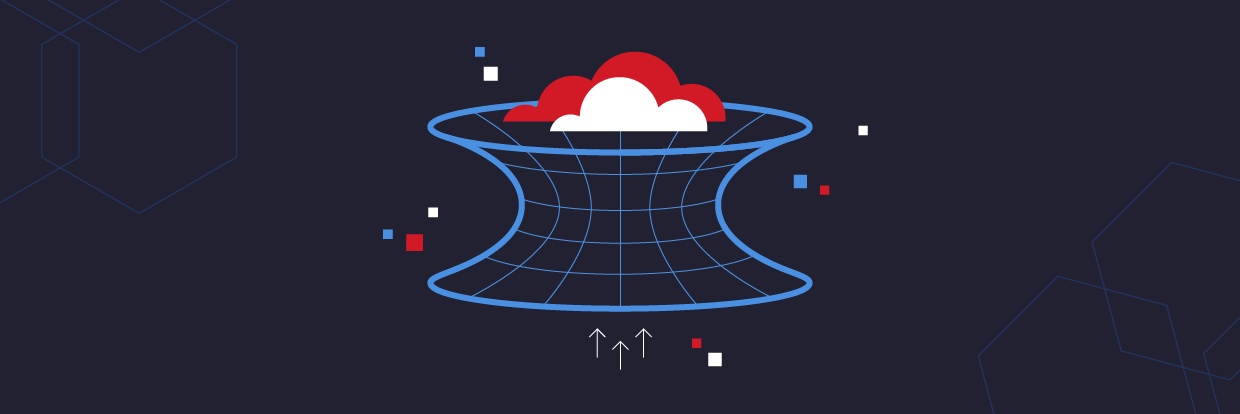In order to maintain proper access controls, it’s crucial to understand what every entity on an access control list (ACL) represents, including the implicit identities that are built into a Windows environment.
There are a lot of built-in accounts with obscure names and vague descriptions, so it can be confusing. One question I often get is: “What is the difference between the Everyone group and Authenticated Users?”
The Bottom Line
Authenticated Users encompasses all users who have logged in with a username and password.
Everyone encompasses all users who have logged in with a password as well as built-in, non-password protected accounts such as Guest and LOCAL_SERVICE.
A Bit More Detail
If the above descriptions were a tad oversimplified for you, here is some more detail.
The Authenticated Users group includes all users whose identities were authenticated when they logged on. This includes local user accounts as well as all domain user accounts from trusted domains.
The Everyone group includes all members of the Authenticated Users group as well as the built-in Guest account, and several other built-in security accounts like SERVICE, LOCAL_SERVICE, NETWORK_SERVICE, and others.
A Guest account is a built-in account on a Windows system that is disabled by default. If enabled, it allows anyone to login without a password.
Contrary to popular belief, anyone who is logged in anonymously—that is, they did not authenticate—will NOT be included in the Everyone group. This used to be the case, but was changed as of Windows 2003 and Windows XP (SP2).
Get the Free PowerShell and Active Directory Essentials Video Course
Who Has Access To What?
When it comes to permissions, one critical question we need to be able to answer is: which humans have access to a particular resource?
Most of the time when you’re inspecting permissions on a given resource in Windows you’re not dealing with humans (this is actually a best practice); rather, you’re dealing with groups, some of which are built-in implicit identities with ambiguous names. As a result, we often have to do quite a bit of digging to get what we need.
With the Varonis Data Security Platform, you’re only ever one click away from seeing which humans have access to a given resource. So when your CEO says, “Who has access to ‘Trade Secrets.doc’?” you can respond with a meaningful, actionable answer instead of going on a frantic scavenger hunt.
To see how this would work on your network, request a 1:1 Demo now.
What’s the Difference Between…
Looking for more helpful differentiators? We’ve written several!
- CIFS vs SMB: What’s the Difference?
- NTFS Permissions vs Share: Everything You Need to Know
- The Difference Between Active Directory and LDAP
- The Difference Between Organizational Units and Active Directory Groups
- The Difference Between Bash and Powershell
- The Difference Between SIEM and UBA
- What is UEBA? Complete Guide to User and Entity Behavior Analytics
- What is Data Loss Prevention (DLP)? Software and Solutions
- The Difference Between SSL and TLS
- What’s the Difference between Hacking and Phishing?
What should I do now?
Below are three ways you can continue your journey to reduce data risk at your company:
Schedule a demo with us to see Varonis in action. We'll personalize the session to your org's data security needs and answer any questions.
See a sample of our Data Risk Assessment and learn the risks that could be lingering in your environment. Varonis' DRA is completely free and offers a clear path to automated remediation.
Follow us on LinkedIn, YouTube, and X (Twitter) for bite-sized insights on all things data security, including DSPM, threat detection, AI security, and more.







